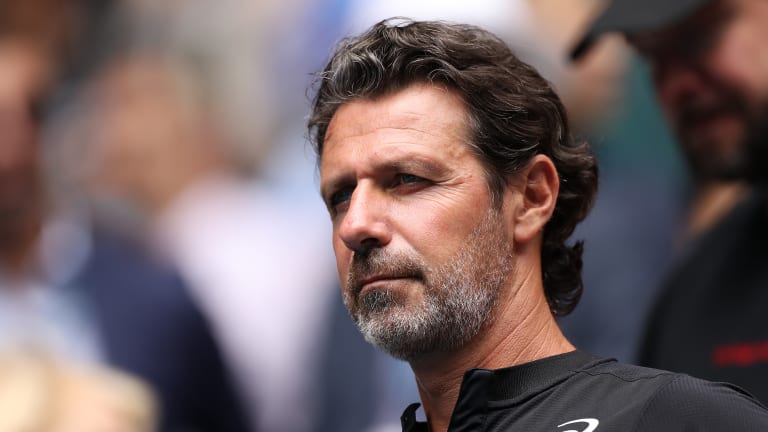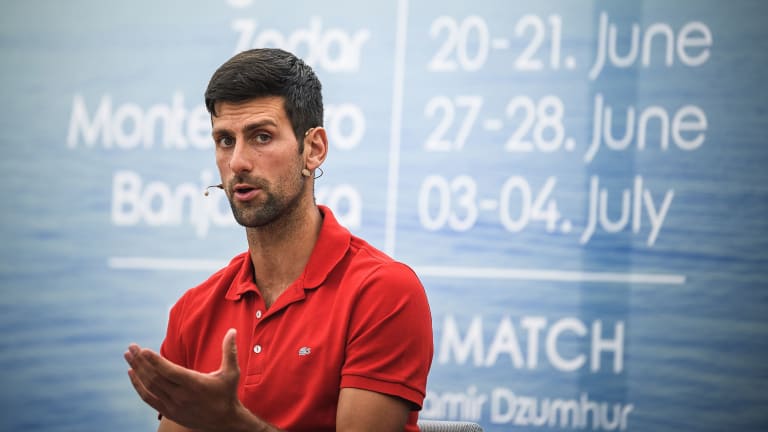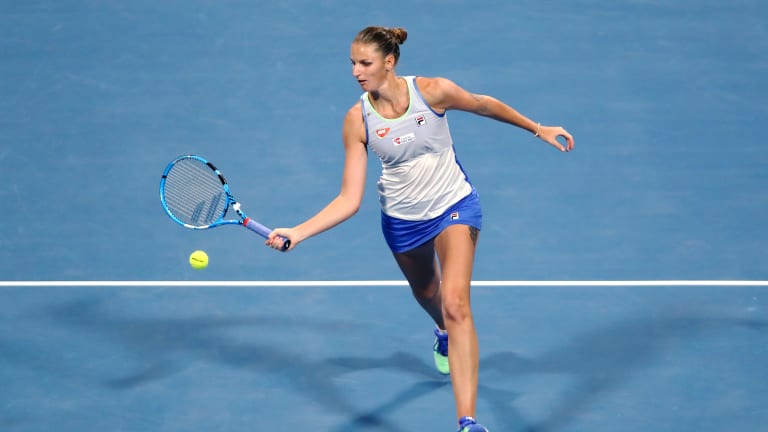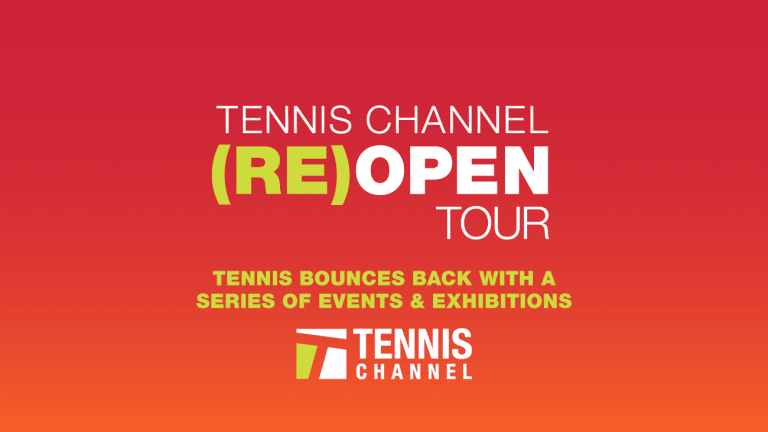Does tennis need to be disrupted? Patrick Mouratoglou thinks so
By Jun 11, 2020MASTERS '25: Rory McIlroy takes aim at a Grand Slam. Scottie Scheffler goes for another green jacket
By Apr 03, 2025ATP Monte Carlo, Monaco
Richard Gasquet given Monte Carlo wild card 20 years after breakthough win over Roger Federer
By Apr 03, 2025Sports on TV for Friday, April 4
By Apr 03, 2025Wimbledon plans to upgrade the fans' favorite hill for 150th anniversary
By Apr 03, 2025The Business of Tennis
Tennis star Coco Gauff launches own management firm
By Apr 03, 2025Pick of the Day
Charleston Betting Preview: Ekaterina Alexandrova vs. Diana Shnaider
By Apr 03, 2025Social
Daria Saville: Where are the brand deals for female players amidst 'tenniscore' trend?
By Apr 02, 2025Social
Watch Rafael Nadal stress out over Real Madrid, then celebrate a dramatic victory
By Apr 02, 2025Social
Andrey Rublev hits the practice court with Marat Safin in Barcelona
By Apr 02, 2025Does tennis need to be disrupted? Patrick Mouratoglou thinks so
Starting Saturday, he’ll bring us his vision for the sport’s future, the Ultimate Tennis Showdown. We look ahead at his new league, and this weekend’s two other high-quality exhibitions.
Published Jun 11, 2020
Advertising
Advertising

Does tennis need to be disrupted? Patrick Mouratoglou thinks so
© Getty Images
Advertising
Does tennis need to be disrupted? Patrick Mouratoglou thinks so
Advertising

Does tennis need to be disrupted? Patrick Mouratoglou thinks so
© AFP via Getty Images
Advertising
Advertising

Does tennis need to be disrupted? Patrick Mouratoglou thinks so
© Getty Images
Advertising

Does tennis need to be disrupted? Patrick Mouratoglou thinks so